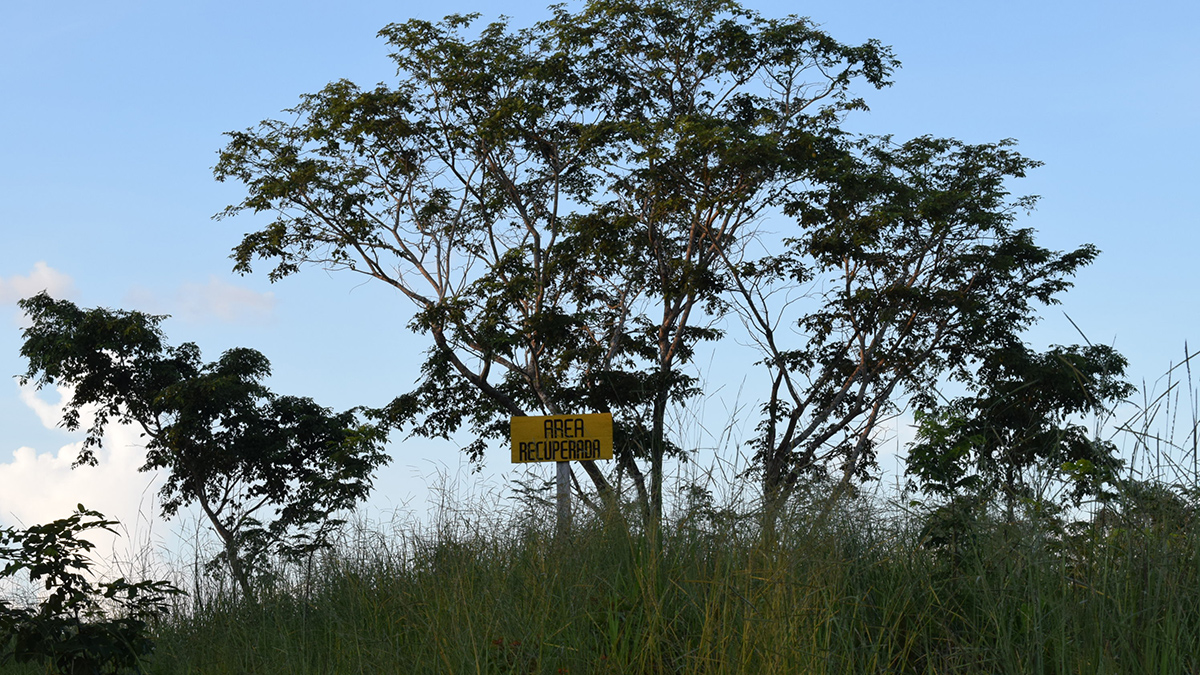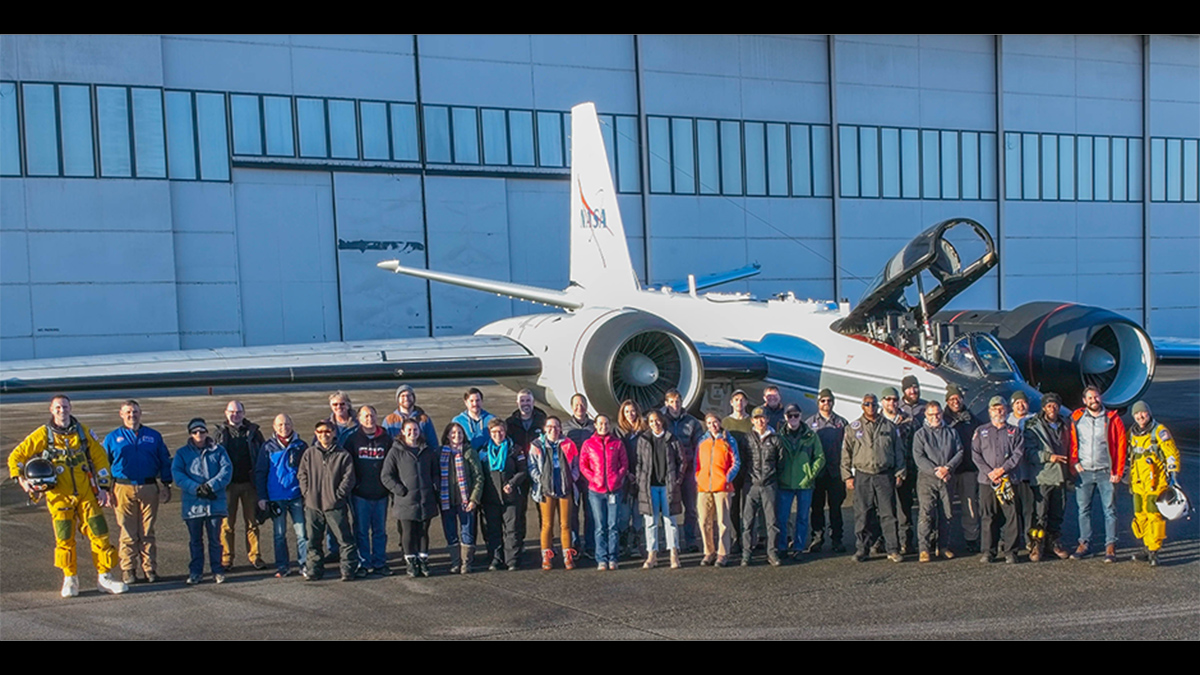Their knowledge led to more accurate seafloor maps and a hidden trove of biodiversity in the Labrador Sea.
News
Diverse Forests Store More Carbon Than Monocultures
Adding even just one more tree species can increase forest productivity, a new meta-analysis shows.
Thunderquakes Map the Subsurface
Researchers have figured out how rumbling thunder turns to seismic waves and how this shaking could be used to reveal subsurface geology.
Atlantic Hurricanes Are Intensifying Faster
Warmer waters and other factors are allowing Atlantic hurricanes to grow stronger faster.
Mars’s Interior May Have an Extra Layer of Molten Rock
New findings suggest that unlike in Earth, the bottom of Mars’s mantle is a sea of molten silicate rock.
Weathering of Rocks Can Release Carbon Dioxide
New research upends the notion that the weathering of rocks mainly removes CO2 from the atmosphere. Rocks can also be carbon sources, releasing as much CO2 as Earth’s volcanoes.
El estallido de burbujas acelera el deshielo de los glaciares
Tener en cuenta el efecto burbuja podría mejorar las estimaciones sobre el deshielo de los glaciares submarinos y prever mejor su contracción a medida que se calientan los océanos.
Guatemala Is Reclaiming Overexploited Forests
Researchers, local communities, and authorities are tackling deforestation and forest degradation at the Maya Biosphere Reserve.
Spacecraft Are Sprinkling the Stratosphere with Metal
Metals from spacecraft reentry don’t simply vaporize and vanish. Scientists found them in the stratosphere.
Fire Histories May Be Written on Grains of Sand
Tiny bits of quartz record the intensity of fires from hundreds or even thousands of years ago, potentially offering new ways to study historic fires and how heat affects soil.










